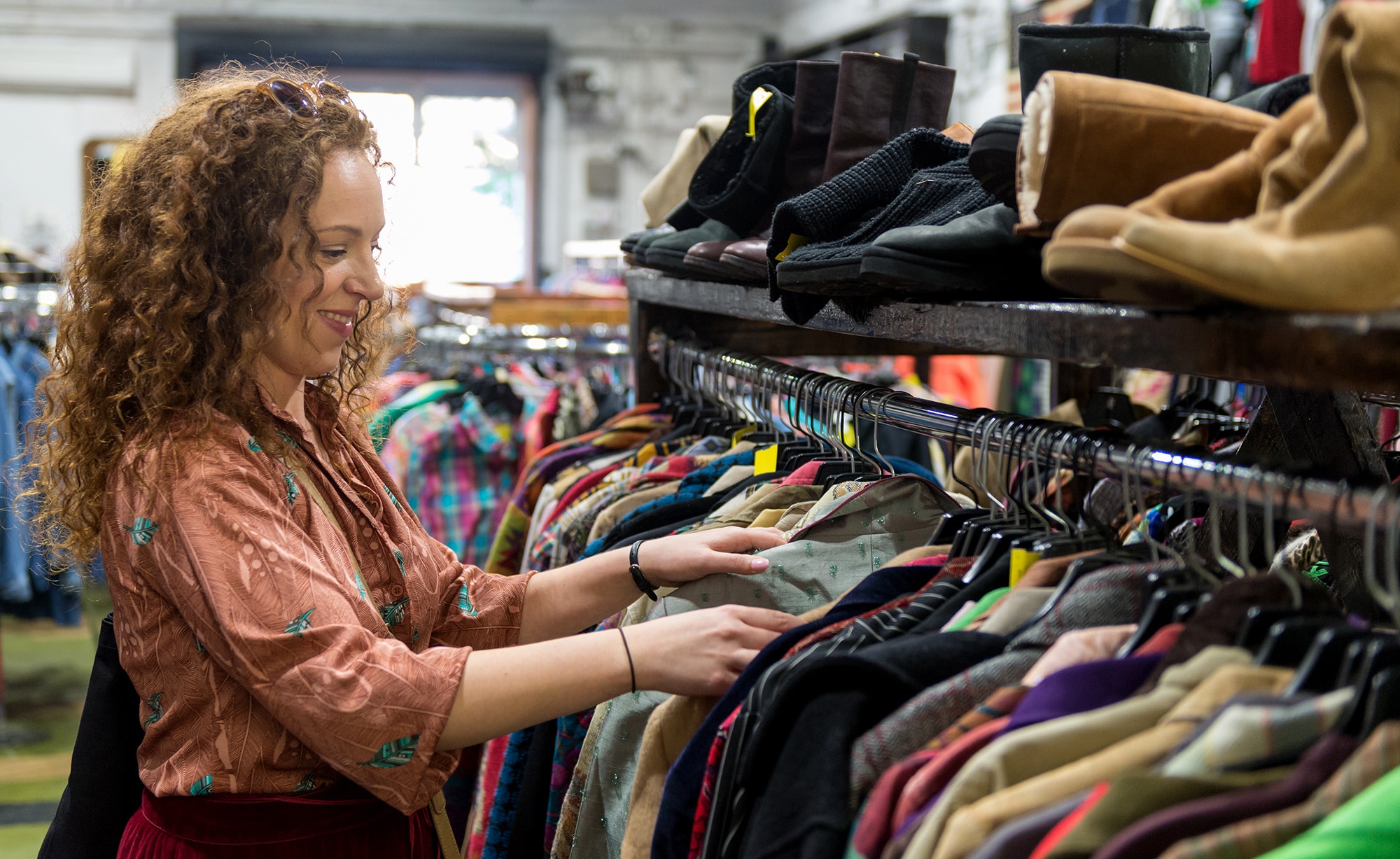Blog Post
Zero Waste Grocery – A movement that makes a difference
By Team Logivision | 22 March 2023

As climate change and global warming become more significant and evident in our everyday lives, it is increasingly important to engage in practices that set your business apart from every other grocery store/chain and make a real difference.
One of the more impactful ways to set your business apart is to join the Zero-Waste Grocery movement. Zero-Waste Grocery requires ensuring that every piece of packaging in the store is reusable.
Another way your grocery store can join the movement is to incorporate Tare-Weight solutions. These solutions allow customers to bring their own reusable containers and pay their grocery products by weight. The integrated tare features in a modern POS solution automatically reset the weight of the container to zero on the scale. The POS system is also equipped with features to let people opt for SMS receipts, saving paper and minimizing BPA risk.
Concurrently, these features will enable you to reduce your carbon footprint and future-proof your business. Adopting zero-waste practices also grows customer loyalty by making your grocery store a preferred shopping destination and builds a strong environmentally conscious shopper community.
Combining these initiatives with a strong social media presence and sustainable products can help your business stand above the competition. And governments have even talked about sustainability tax incentives that would give tax breaks to individuals and corporations for becoming more carbon neutral, in accordance with the Paris agreement.
Also, from a health standpoint, Tare-Weight solutions help reduce the risks of cross-contamination (especially during COVID-19) as bringing your own containers lessens the number of people touching the produce and bags.
In addition, a study on fast food conducted by Statistics Canada shows that bringing your own reusable container can produce significant savings, even for the biggest restaurant chains.
Fast-food sales in Canada in 2021 were $27.6 billion (IBIS World, June 2021), and assuming every meal is around $10, that represents 2.76 billion fast-food meals. Now think about the waste and cost of packaging produced from all of that fast food. Even if just 10% of those fast-food customers brought sustainable containers, that would save packaging on 276 million meals.

